Retaining walls can be of many types, and there can be many ideas regarding retaining walls can be of any structure big or small, tiny, or large.
And it can be used in many practices like mountain cultivation in the form of step farming, retaining walls are used to construct step farming structure & also structure of many bridges and mountain roads.
Retaining walls are one of the most important structures that generally build to hold the soil enacted to one side or in a way that two walls can impact the soil in different or holding soils o different levels, it is also used to treat the uncertain terrain of soils and their hump.
Retaining walls are the walls which have very clumsy structure as it only must hold the mountain soil & sometimes water and some structures in bridge etc.
Retaining walls ideas are useful when you know the types, so here are some retaining wall types:
Types of Retaining walls
1. Gravity Walls

Gravity walls are the primary and most common type of retaining walls that are being used for holding the soil on various places like roads at hilly places etc.
The basic structure of the gravity walls can be seen in the picture where a vertical stand has been placed and the area remaining between the soil and the vertical stand is filled by backfill, which is different material in different situations; this structure gives the strong stability and strengthen the soil and prevent them from flowing.
Concrete sleepers, timber, and strong wooden blocks are commonly used materials in making gravity walls, which are built to resist the pressure of the soil behind them and provide stability to sloping land.
2. Reinforced Retaining Wall
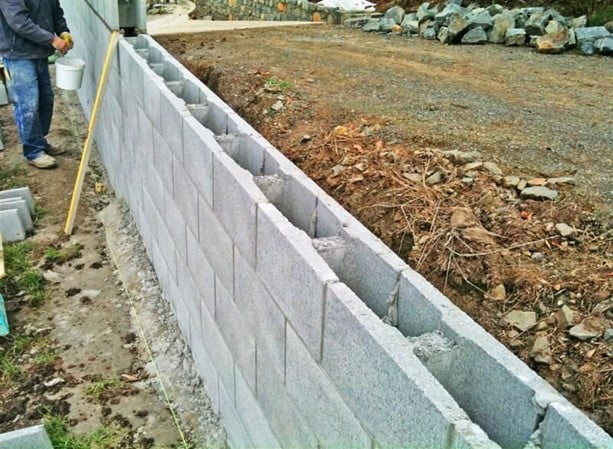
Reinforced retaining walls are those that use the weight of the wall to provide stability against the pressure exerted by the soil and the backfills. These retaining walls are built from more concrete than usual as it provides stability to own self by using its mass.
The reinforced retaining walls are used to build the walls of the tunnels and bridges in the mountain regions. These walls’ structure contains two verticals walls which were generally reinforced with concrete to provide more protection to the wall.
Reinforced retaining walls are among the most traditional retaining walls, which even have traces in the historical engineering structures.
Reinforced retaining walls also have different types which were based on the material from which the walls were reinforced like soil reinforced retaining walls, concrete reinforced retaining walls, etc.
3. Cantilever Retaining walls of concrete
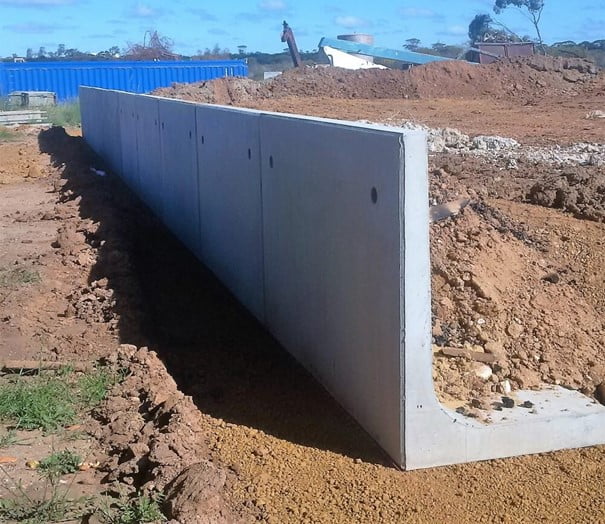
The structure of the cantilever retaining wall, as we can see in the figure, contains the slab of concrete, which is covering the area below the backfill as well. In this retaining wall, the structure is specifically made up of concrete, and due to that, it is economic till the extent of height 10 meters, and above that, it can be proven to be expensive.
In this wall, the vertical standing wall, also called the stem, is giving the support from the base that can be called as heel and toes, and it stands on that, and it protects and restricts the force applied by the soil and the backfill by itself standing vertically straight, and thus it is best suited in making roads in mountain regions and dams in water but due to its height it can only use in small dams and stop dams
4. Counterfort Retaining Wall
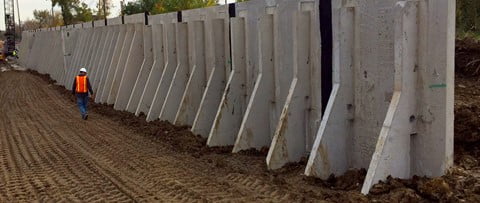
Counter fort retaining wall is nothing but a type of cantilever retaining wall with some greater extent, like the cantilever retaining walls is economical up to the height of 10 meters, but the counterfort retaining walls is economical up to the height extension of 15 meters.
The reason behind this is the difference in the wall structure; the wall is just like the cantilever wall, but on the backside of the stem, it has two supportive counter forts, which helps the wall manage some extra pressure and the force. With this small change in the structure, it becomes more economical and has extended the height ranges.
5. Crib Retaining Wall
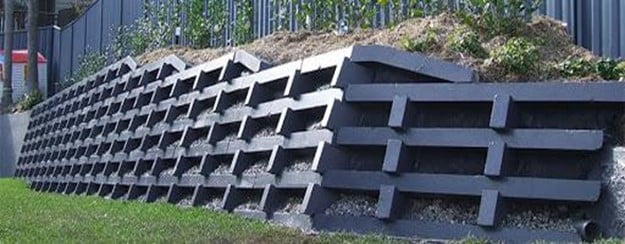
Crib retaining walls are the retaining walls whose structure can be made on the site itself & can be even somewhere else and then it can be placed on the site, this retaining wall idea is basically used to manage the pressure of the soil in the mountains and is used to make roads where the mountain soil is semi-vertical in angle.
These walls contain the structure made like compartments called cribs as shown in the picture, it is being made mostly with the use of the concrete to make these walls, and they are placed alongside the roads, these walls are best suitable for some moderate and short height areas, and it is one of the widely used structures.
6. Bored Pile Retaining Walls
Bored pile retaining walls are basically used in excavating sites and in excavating water bodies or places near water bodies. This retaining wall structure contains piles closely placed to each other, containing some spaces between them, and sometimes it contains no spaces.
These are useful for the height ranges between 6 – 10 meters, and they can be built for temporary or even permanent usages.
These piles in the walls can be made of timber and sometimes some different metals depending upon the need; these pile structures are also used to build large bridges joining the two ends for water bodies.
7. Soil Nailing Retaining Walls
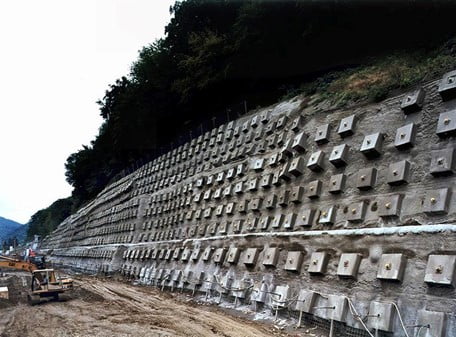
Soil nailing retaining walls includes real nailing in the soil; in this technique of making walls to hold back the soil and earth pressure, big nails are being dug in the soil with adjoining them later and lastly covering them with the concrete layered wall.
This technique is used for holding the large hump of the soil and is generally used for short height from 6-9 meters. They are ideal where the soil hump is slippery in nature, the nails pounded in the soil holds the soil, this practice is not traditional for retaining, but it is being developed over the time-to-time experiment.

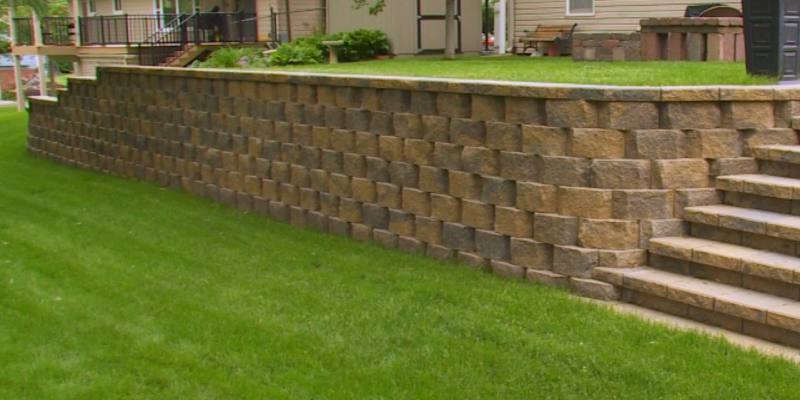
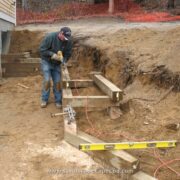
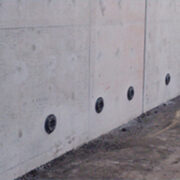
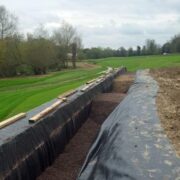


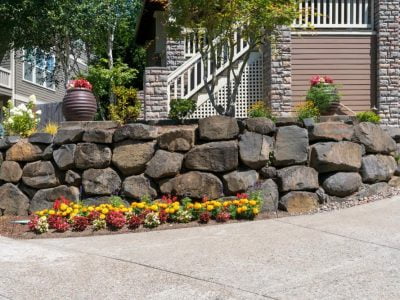
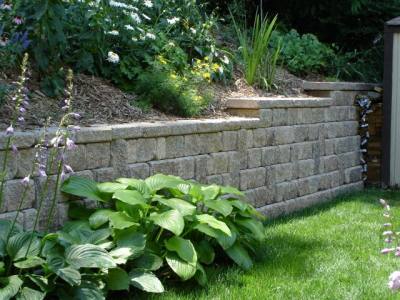
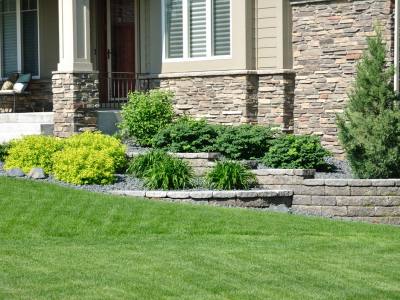
Comments